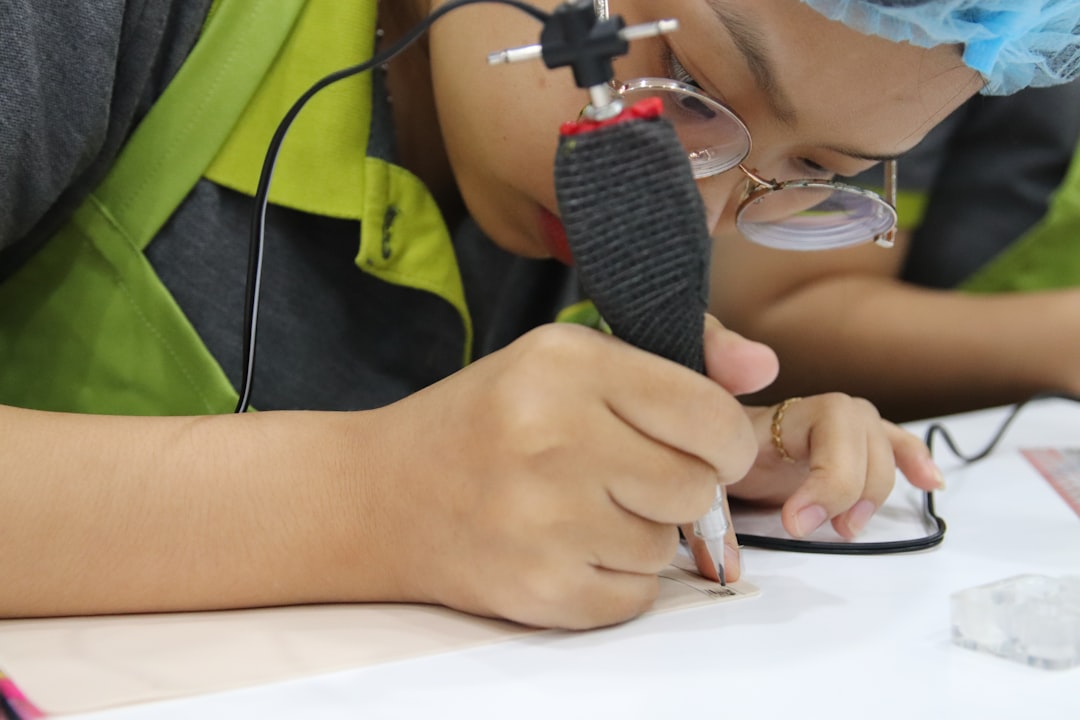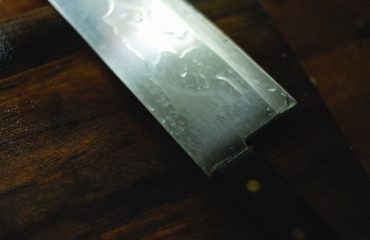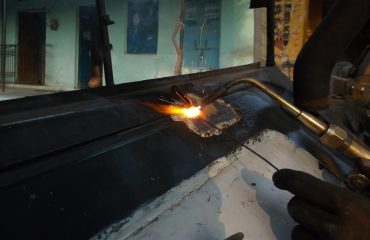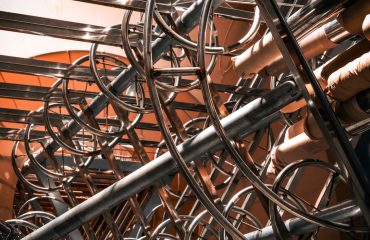body {
font-family: sans-serif;
line-height: 1.6;
}
h1, h2, h3 {
color: #333;
}
img {
max-width: 100%;
height: auto;
}
Understanding the properties of materials is crucial in engineering design and manufacturing. Mechanical test devices are indispensable tools that allow engineers to determine the strength, stiffness, and other critical characteristics of various materials. This comprehensive guide will walk you through the key aspects of using these devices effectively and safely.
1. Types of Mechanical Test Devices and Their Applications
A wide array of mechanical test devices exists, each designed for specific material properties and testing methods. Some common types include:
- Universal Testing Machines (UTMs): These versatile machines are capable of performing tensile, compression, flexural, shear, and fatigue testing. They are widely used in quality control, research, and material characterization.
- Tensile Testing Machines: These machines specifically measure the tensile strength of materials by applying a controlled tensile force until failure. They are crucial for determining the yield strength, ultimate tensile strength, and elongation of materials.
- Compression Testing Machines: These machines apply compressive forces to materials to determine their compressive strength and stiffness. They are often used for testing concrete, ceramics, and other brittle materials.
- Flexural Testing Machines: These machines measure the flexural strength and modulus of elasticity of materials by applying a three-point or four-point bending load. They are commonly used for testing plastics, composites, and wood.
- Hardness Testers: These devices measure the resistance of a material to indentation. Common types include Rockwell, Brinell, and Vickers hardness testers, each using different indentation methods.
- Impact Testers: These machines measure the material’s ability to absorb energy upon impact, providing information about its toughness and fracture resistance. Izod and Charpy impact testers are frequently used.
The choice of device depends on the specific material being tested and the properties of interest. Understanding the capabilities and limitations of each type is vital for accurate and reliable results.
2. Ensuring Safety While Operating Mechanical Test Devices
Safety is paramount when working with mechanical test devices. These machines can generate significant forces, posing potential risks if not handled correctly. Key safety precautions include:
- Proper Training: Operators must receive thorough training on the safe operation and maintenance of the specific device they are using.
- Personal Protective Equipment (PPE): Appropriate PPE, such as safety glasses, gloves, and hearing protection, should always be worn.
- Machine Guards: Ensure all safety guards are in place and functioning correctly before starting any test.
- Emergency Stop Procedures: Operators should be familiar with the location and operation of emergency stop buttons and other safety mechanisms.
- Regular Inspections: Regular inspections of the machine and its components are crucial to identify and address potential hazards.
- Following Manufacturer’s Instructions: Always adhere strictly to the manufacturer’s instructions and safety guidelines.
Neglecting safety procedures can lead to serious injuries or equipment damage. Prioritizing safety is non-negotiable when working with these powerful machines.
3. Calibration and Maintenance of Mechanical Test Devices
Accurate and reliable test results depend on the proper calibration and maintenance of mechanical test devices. Regular calibration ensures that the machine is providing accurate measurements. This typically involves comparing the machine’s readings to known standards using certified weights or other reference materials. The frequency of calibration depends on the device and its usage, but it is generally recommended at least annually or more frequently for high-usage machines.
Maintenance involves regular inspections, cleaning, lubrication, and replacement of worn parts. A well-maintained machine is less likely to malfunction and produce inaccurate results. Keeping detailed maintenance logs is crucial for tracking calibration and maintenance activities.
4. Data Acquisition and Analysis in Mechanical Testing
Modern mechanical test devices are often equipped with sophisticated data acquisition systems. These systems collect data during the test, such as force, displacement, and strain. This data is then used to generate stress-strain curves and other graphical representations of the material’s mechanical properties. Software packages are often used to analyze this data and calculate key parameters like yield strength, ultimate tensile strength, modulus of elasticity, and toughness.
Understanding the data analysis techniques is crucial for interpreting the results correctly. This involves understanding the different material models and their applicability to the tested material. Proper data analysis is essential for drawing meaningful conclusions from the test results.
5. Troubleshooting Common Issues with Mechanical Test Devices
Despite careful maintenance and calibration, issues can occasionally arise with mechanical test devices. Some common problems include:
- Inaccurate Readings: This can be due to calibration errors, faulty sensors, or mechanical problems within the machine. Troubleshooting involves checking calibration, inspecting sensors, and examining the machine’s mechanical components.
- Machine Malfunctions: Malfunctions can range from minor glitches to major breakdowns. Regular maintenance and prompt attention to any unusual noises or behavior can prevent major issues. Consulting the manufacturer’s troubleshooting guide is essential.
- Software Errors: Software glitches can affect data acquisition and analysis. Regular software updates and backups can help mitigate this issue.
- Sample Preparation Issues: Improper sample preparation can lead to inaccurate results. Following standardized sample preparation procedures is crucial.
Effective troubleshooting involves a systematic approach, starting with simple checks and progressing to more complex diagnostics if necessary. Keeping detailed records of troubleshooting procedures can be helpful in identifying recurring problems.
By understanding the types of mechanical test devices, prioritizing safety, performing regular calibration and maintenance, analyzing data effectively, and troubleshooting effectively, engineers can ensure accurate and reliable results, leading to safer and more efficient designs.
SEO Tags:
mechanical testing, materials testing, tensile testing, compression testing, universal testing machine




